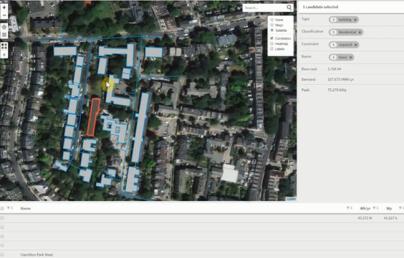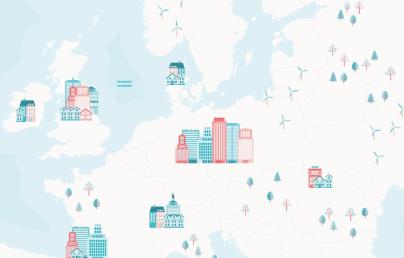QAES project - Internal air quality self-assessment tool

QAES project - Internal air quality self-assessment tool
The internal air quality self-assessment tool has been developed within the QAES project ("Air Quality in School Buildings", ID n.613474, Cooperation program V-A Interreg ITALY-SWITZERLAND 2014-2020) by researchers from Eurac Research in collaboration with project´s partners.
The purpose of the tool is to allow the school manager to calculate the probable CO2 concentration in the class based on some key parameters (internal and external temperature, number of pupils, number of opened windows, how and for how long) and to receive suggestions on how to improve management of natural ventilation.
Why air quality is evaluated based on the concentration of CO2?
Each of us, through natural breathing, emits CO2 which tends to accumulate in closed and poorly ventilated environments. Measuring the CO2 concentration gives us an indication of how much of the air we breathe has been emitted by other people and therefore the risk of transmission of viruses and infections. In general, the concentration of CO2 within a class allows us to understand how adequate is the ventilation of the class.
CO2 concentration levels in outdoor air are approximately 400 ppm (parts per million). In a typical classroom (volume 150 m3) occupied by 25 students, the CO2 concentration can rise up to 2300 ppm just in one hour lesson without adequate ventilation. Furthermore, the CO2 concentration is an easily measurable and continuously monitored parameter, in comparison to other parameters (e.g. formaldehyde) that require complex and expensive instruments and measurement methods.
What are the references used for the calculation of the tool?
CO2 generation rates: Link
Calculation methods for the determination of air flow rates:UNI EN 16798-7:2017 Energy performance of buildings–Ventilation for buildings–Part 7: Calculation methods for the determination of air flow rates in buildings including infiltration (Modules M5-5)– European Committee for Standardization: Brussels, Belgium, 2017;
CO2 limit for the second quality category of the internal environment and external CO2 concentration: CEN. EN Standard 16798-2 - Energy Performance of Buildings—Ventilation for Buildings—Part. 2: Interpretation of the Requirements in EN 16798-1—Indoor Environmental Input Parameters for Design and Assessment of Energy Performance of Buildings Addressing Indoor Air Quality, Thermal Environment, Lighting and Acoustics—Module M1-6; European Committee for Standardization: Brussels, Belgium, 2019.
The tool is in Italian.


